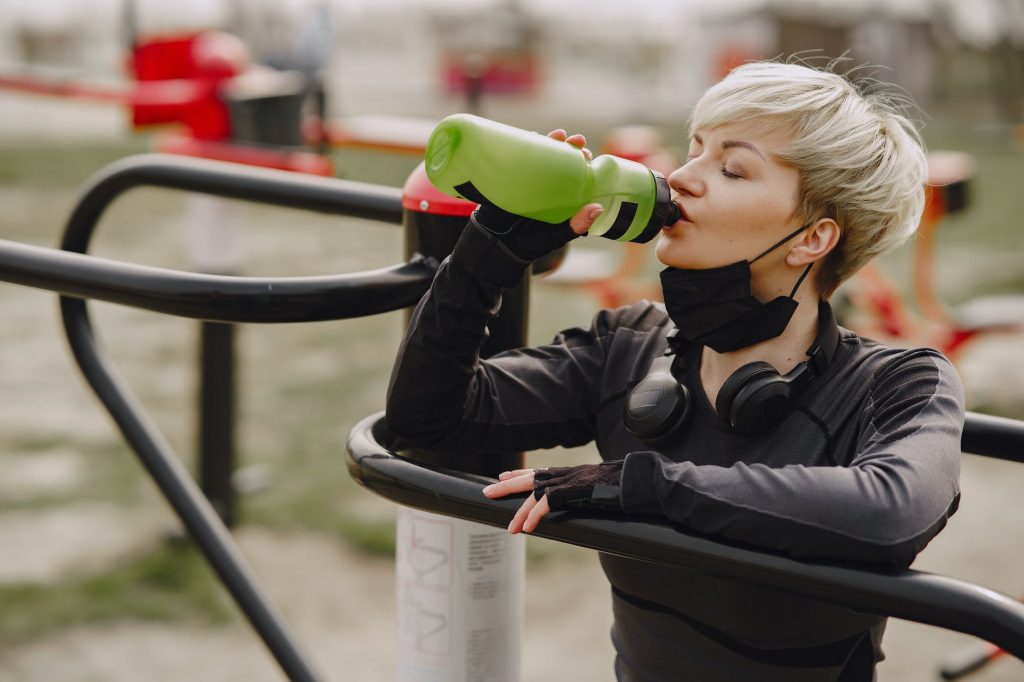One of the best ways to combat illnesses is to have a strong immune system, and exercise is one of the best ways to boost it. However, some people are simply unlucky (or careless to an extent) and end up developing COVID19.
So when people are stuck with the second situation and feel like they’ve learned their lesson on fitness, how and when should they get back to working out?
Individuals have to understand that COVID19 is very similar to a really bad case of influenza. There’s muscle weakness in addition to the respiratory ailments commonly complained about by most patients.
Breathing will be laborious, and a reduced intake of oxygen could mean fatal for anyone, especially if they’re near roads with fast moving traffic.
It’s always a good idea to consult with a doctor first, then check what options are available to achieve short term fitness goals. Recuperation is the priority for a person with a recent case of COVID19, but fitness is also something that should be focused on. But Crossfit may just have to wait a little while.
No Two Exercise Routines are the Same
There are three general body types in total: endomorph, ectomorphs, and mesomorphs. In other words, skinny, fat, and average-built. Out of the three builds, two generally need more care and customization when it comes to exercises.
Ectomorphs will have to focus more on cardio to burn off excess fat, while endomorphs focus on lifting and weight training to pack on extra pounds.
A study has been published on the correlation of pre-existing chronic diseases commonly found in overweight people with COVID19 – they’re more likely to suffer than their skinnier counterparts.
And since COVID19 is a respiratory ailment, that will stop ectomorphs from doing cardio. What’s recommended then is portion control and weight lifting instead. It doesn’t burn calories as fast, but muscles burn calories faster. This is just one of the ways exercise has to change per body type category.
Your Body is Smarter Than You Think
When you experience pain, it’s telling you that something wrong is happening. Depending on the type of pain experienced (dull, sharp, throbbing, stabbing, hot or cold), it may indicate what kind of injury is present.
For coronavirus infections, it’s most likely in the form of fevers. During a feverish state, the body burns more calories than usual, and the slight increase in temperature affects an individual’s cognitive ability. Persons should avoid exercising when they have a fever, but they can go back to exercising once they’ve cooled down a little.
Chest pains, or muscular pains may make it more difficult for people to exercise. If chest pains get any worse, the best option might be to call or proceed to the nearest doctor for a more accurate diagnosis.
Exercising Gradually
A hiatus from fitness will decrease the body’s ability to perform tasks, especially if these are related to either lifting, running, or pushing.
These tasks are intensive in nature, but it also takes a while for the body to lose its strength. It makes total sense to gradually work your fitness up to previous pre-pandemic levels.
Not only does this help you carefully gauge your fitness levels, it doesn’t pressure you and put you at risk of injury when coming from COVID exposure. Gradually improving strength and endurance gains means investing some time lost for fitness, and that’s fine because most fitness apps already tailor workouts from home.
Getting Back to Exercising After a Long COVID Episode
We’ve talked about noticing signs from one’s body, gradually increasing exercises, and customizing workouts. These are for individuals with little to no trouble when they perform exercises.
But it’s a different league altogether for people with longer COVID exposure. These people will obviously have reduced lung capacities, and may actually have damaged lung cells.
But lung capacity naturally increases with exercise. Doctors advise on slow walks, or at least limiting the number of sets for any exercises. Straining yourself might do more harm, especially since muscular strength after a disease isn’t always reliable. Fainting spells are dangerous, but falls also injure significantly.
As always, individuals should check with a doctor first when attempting to do any activity related to health.
